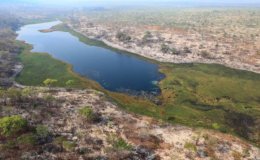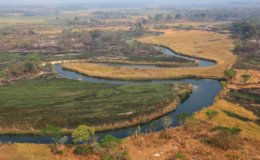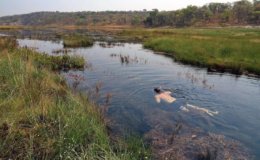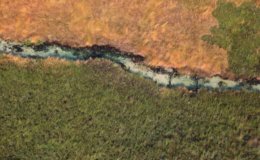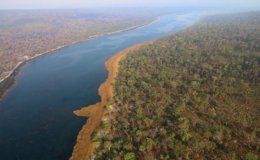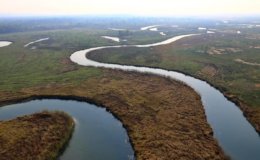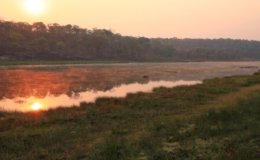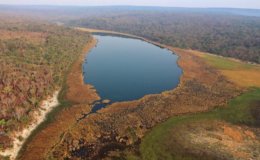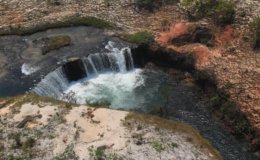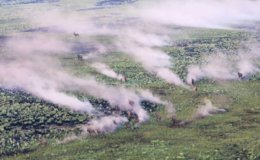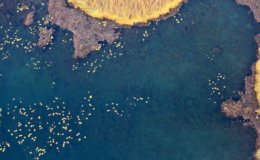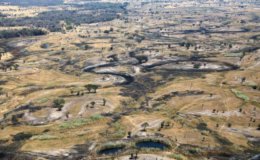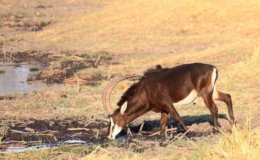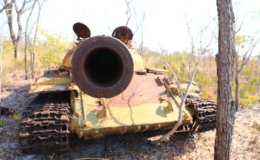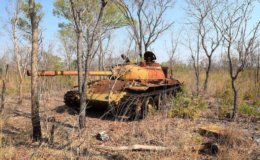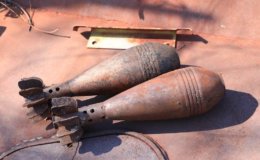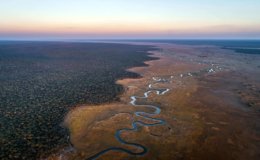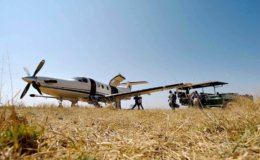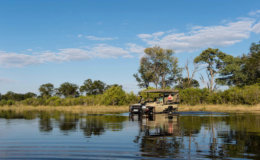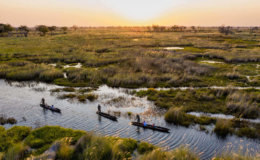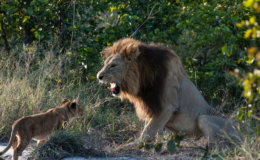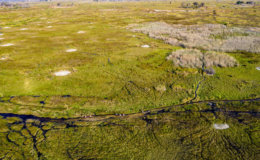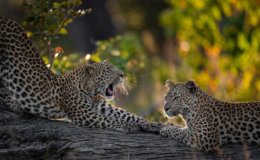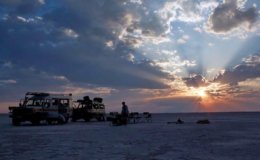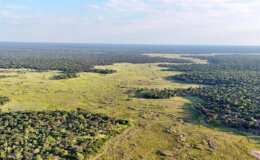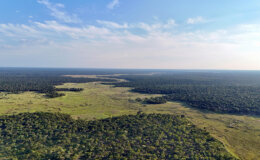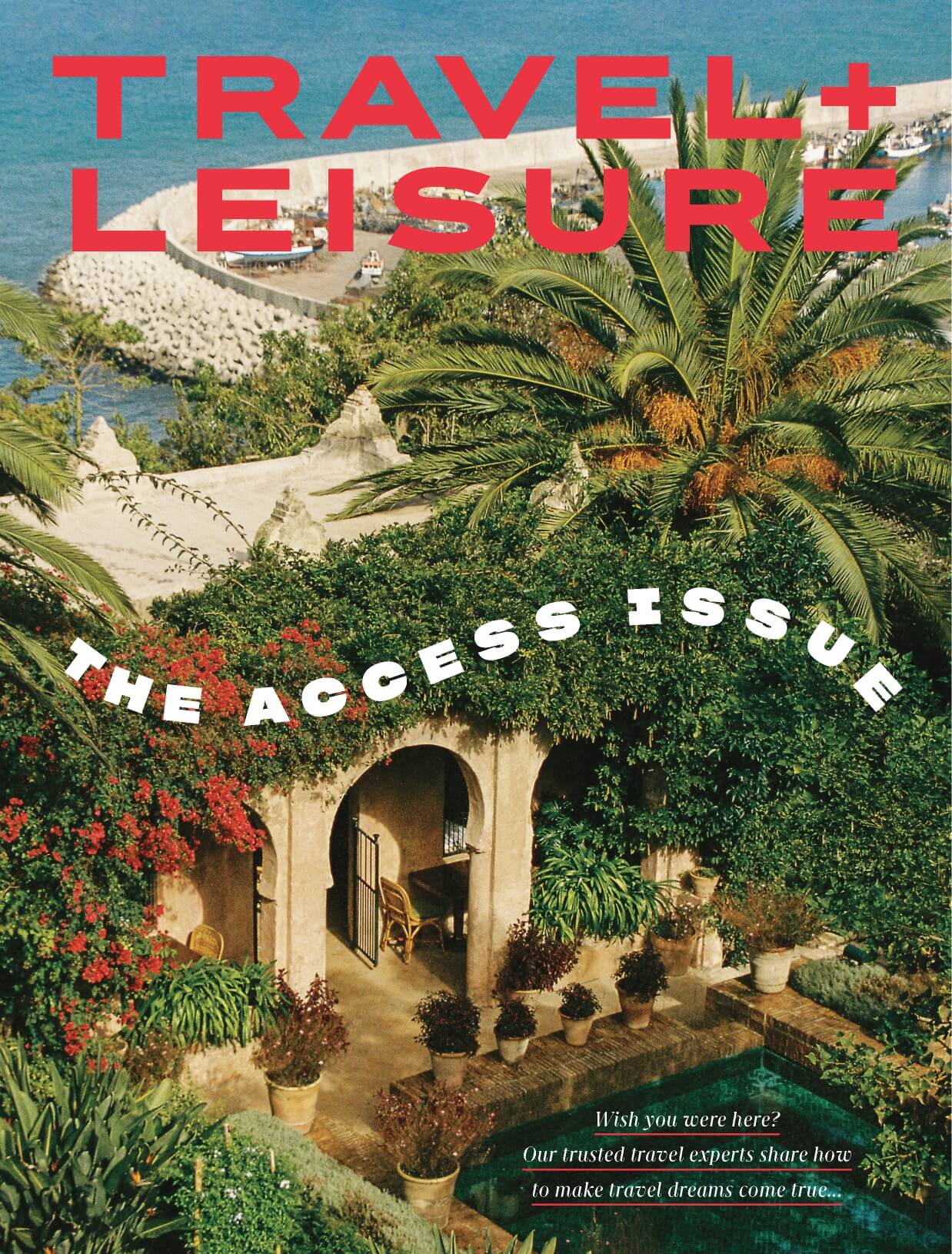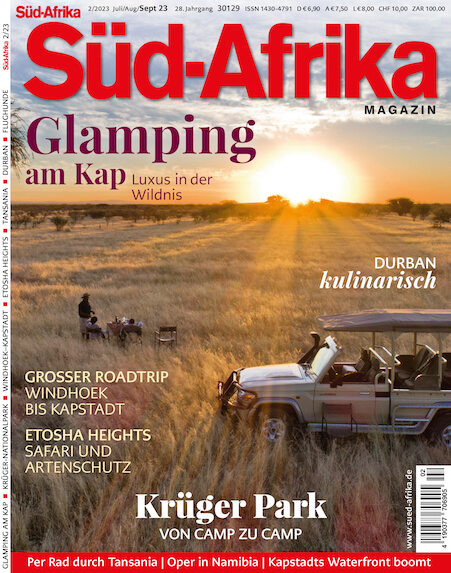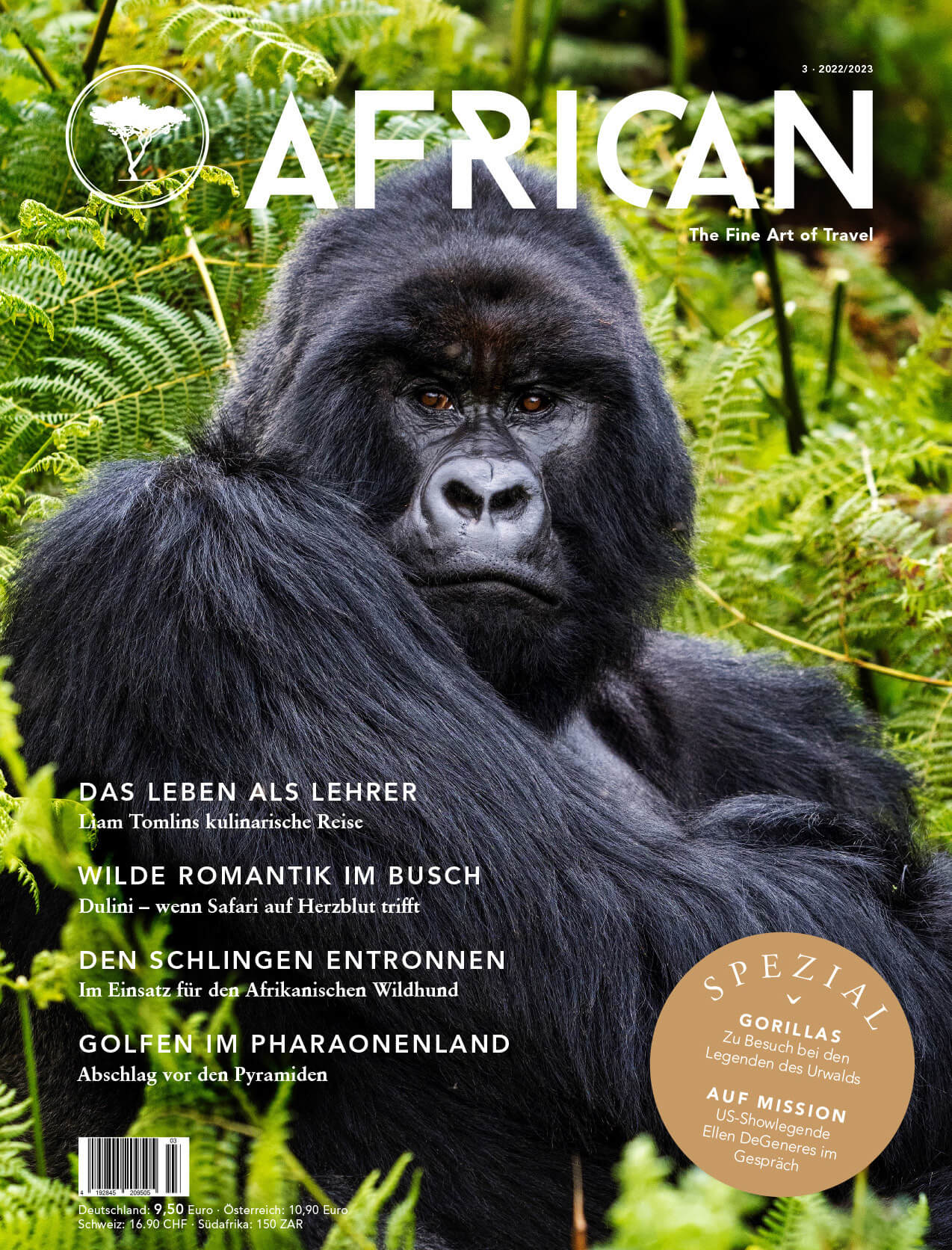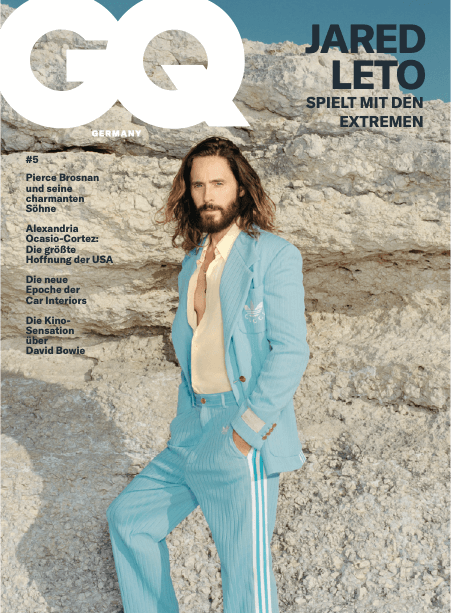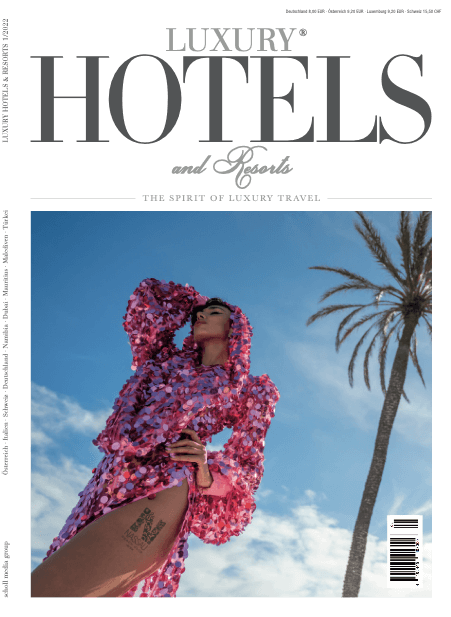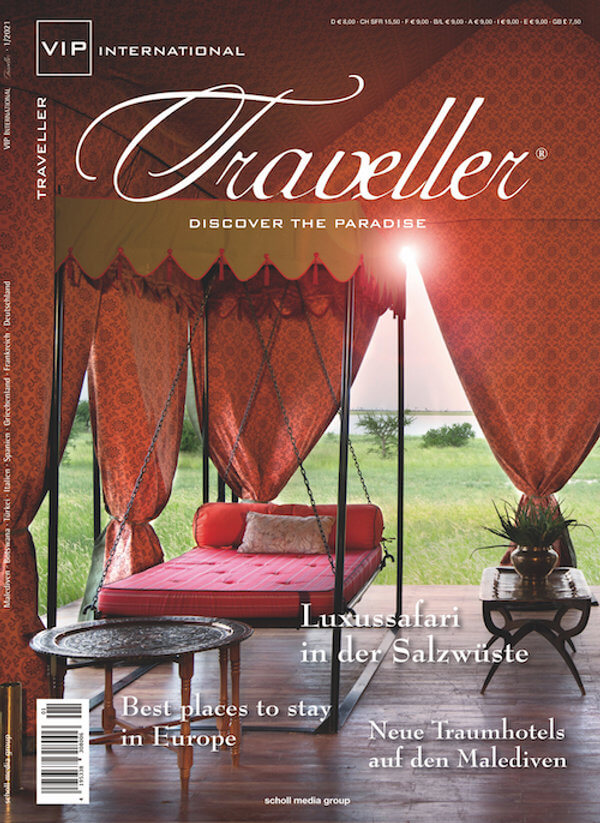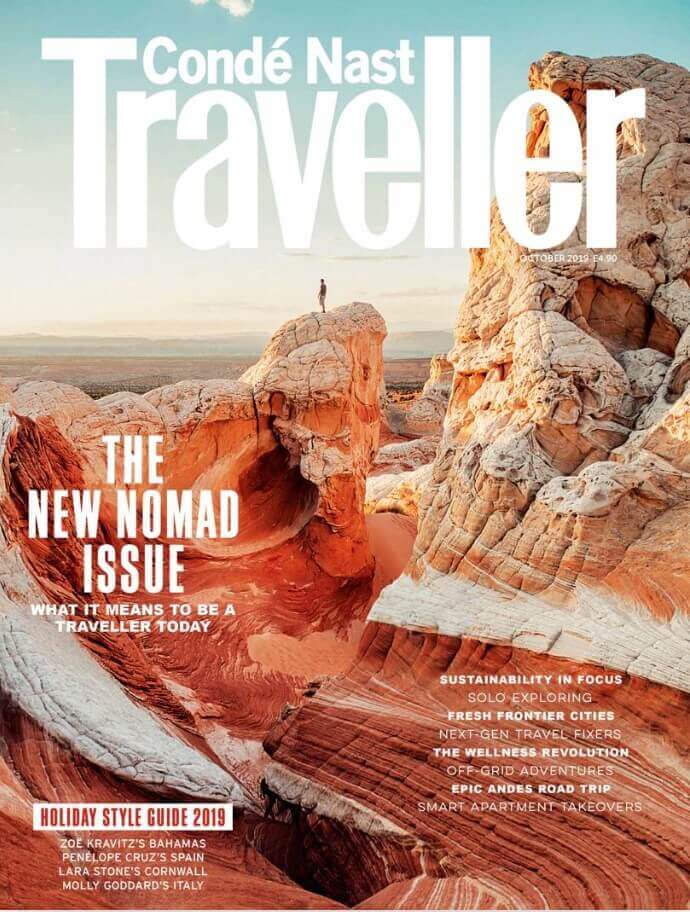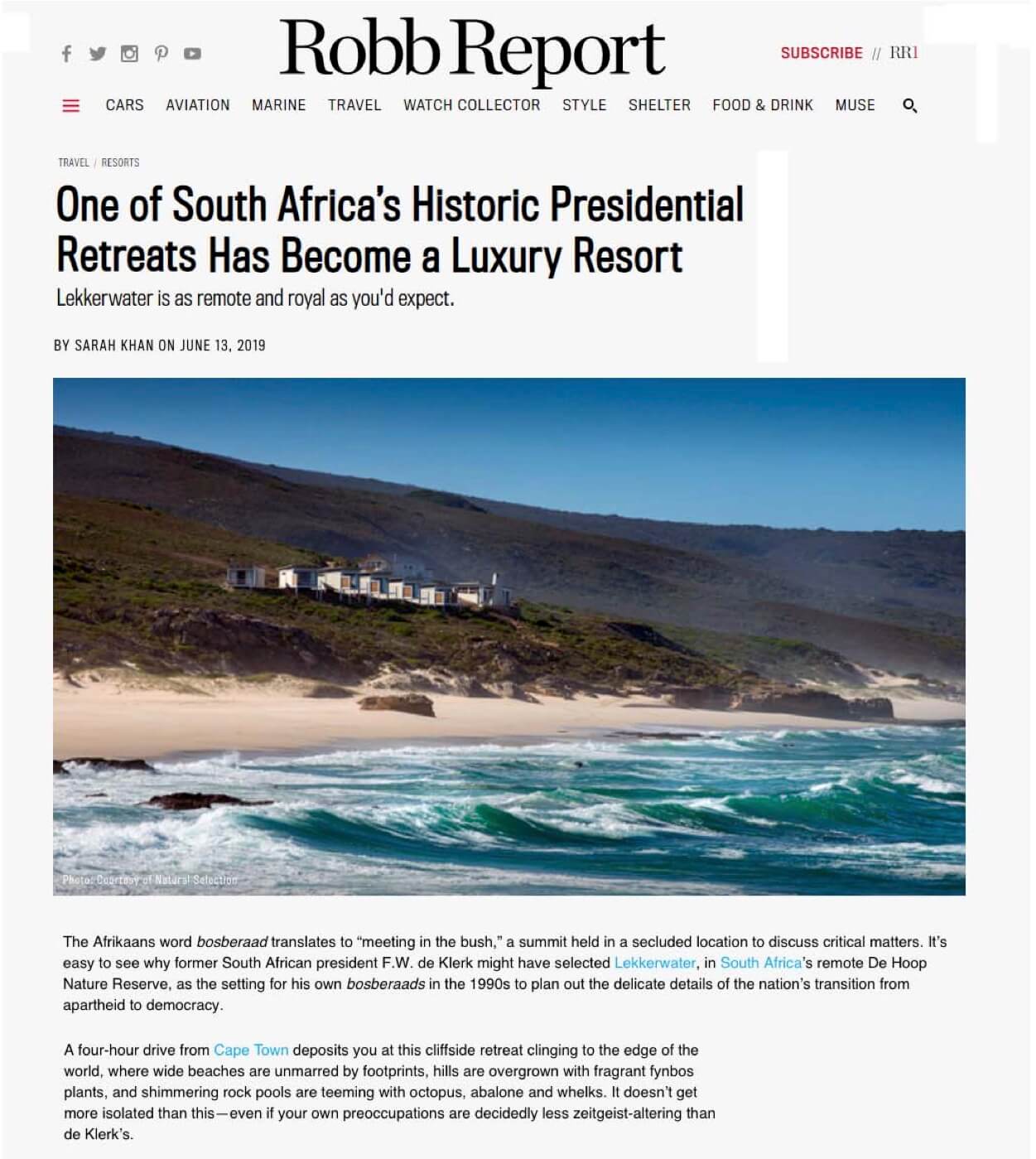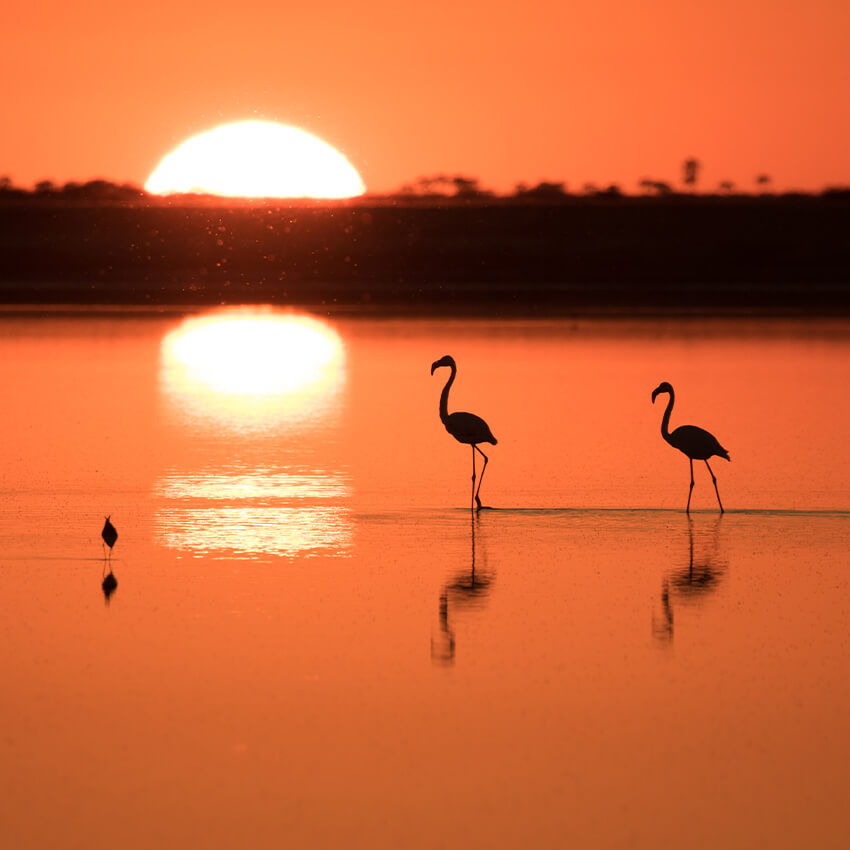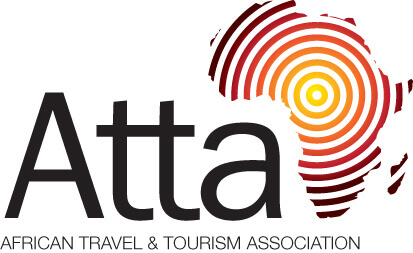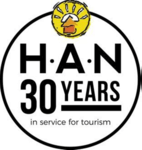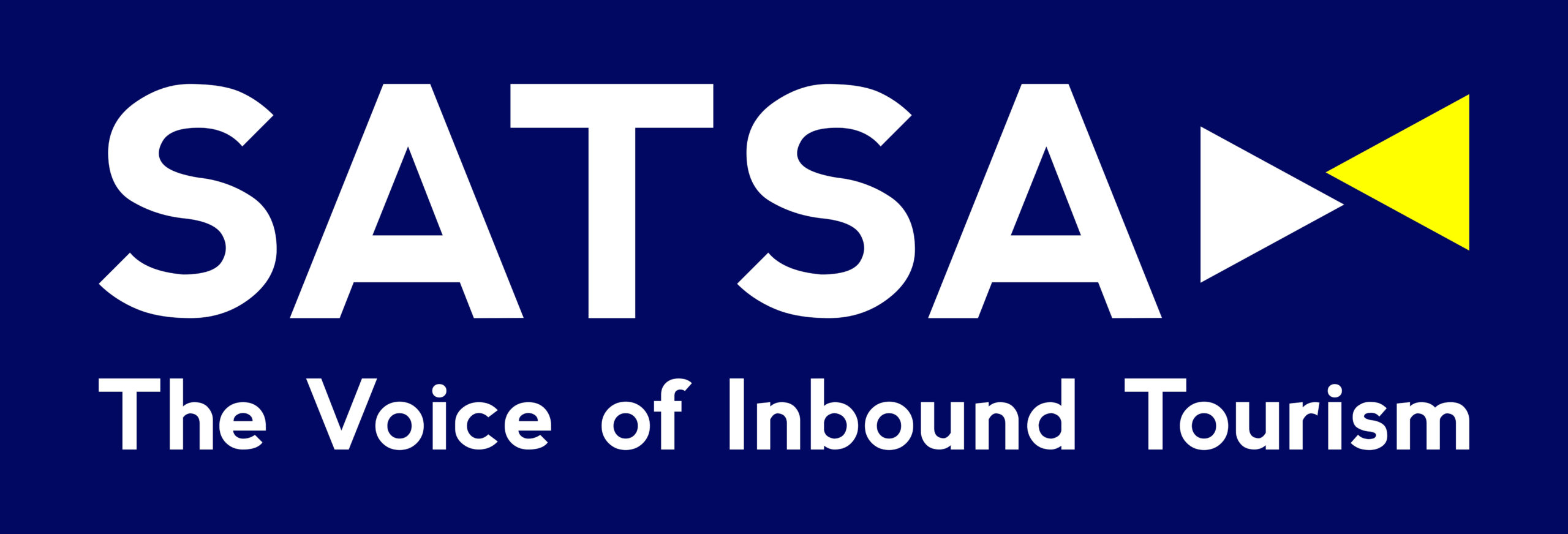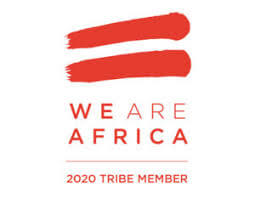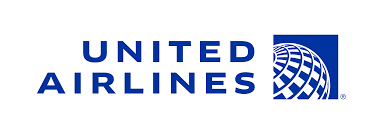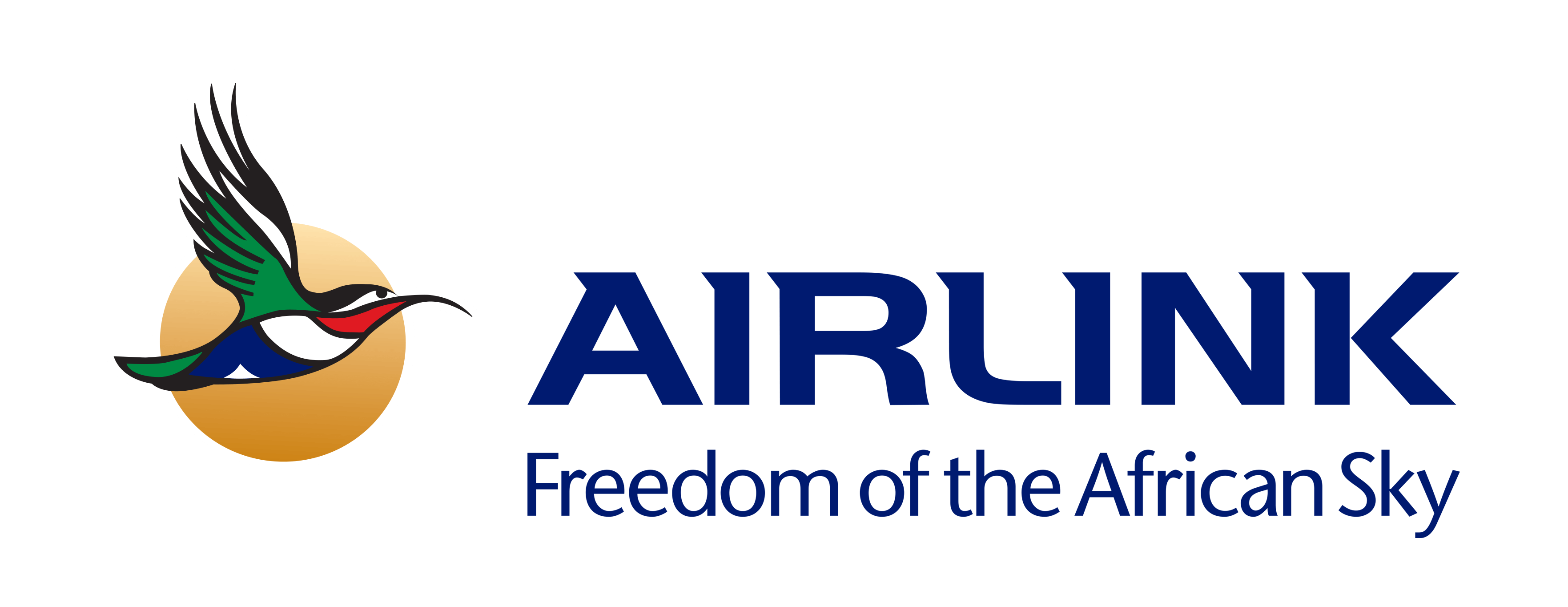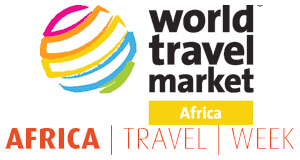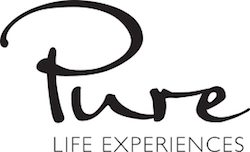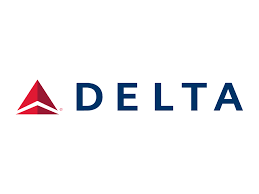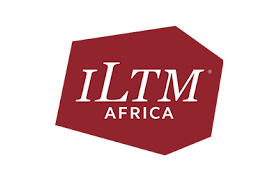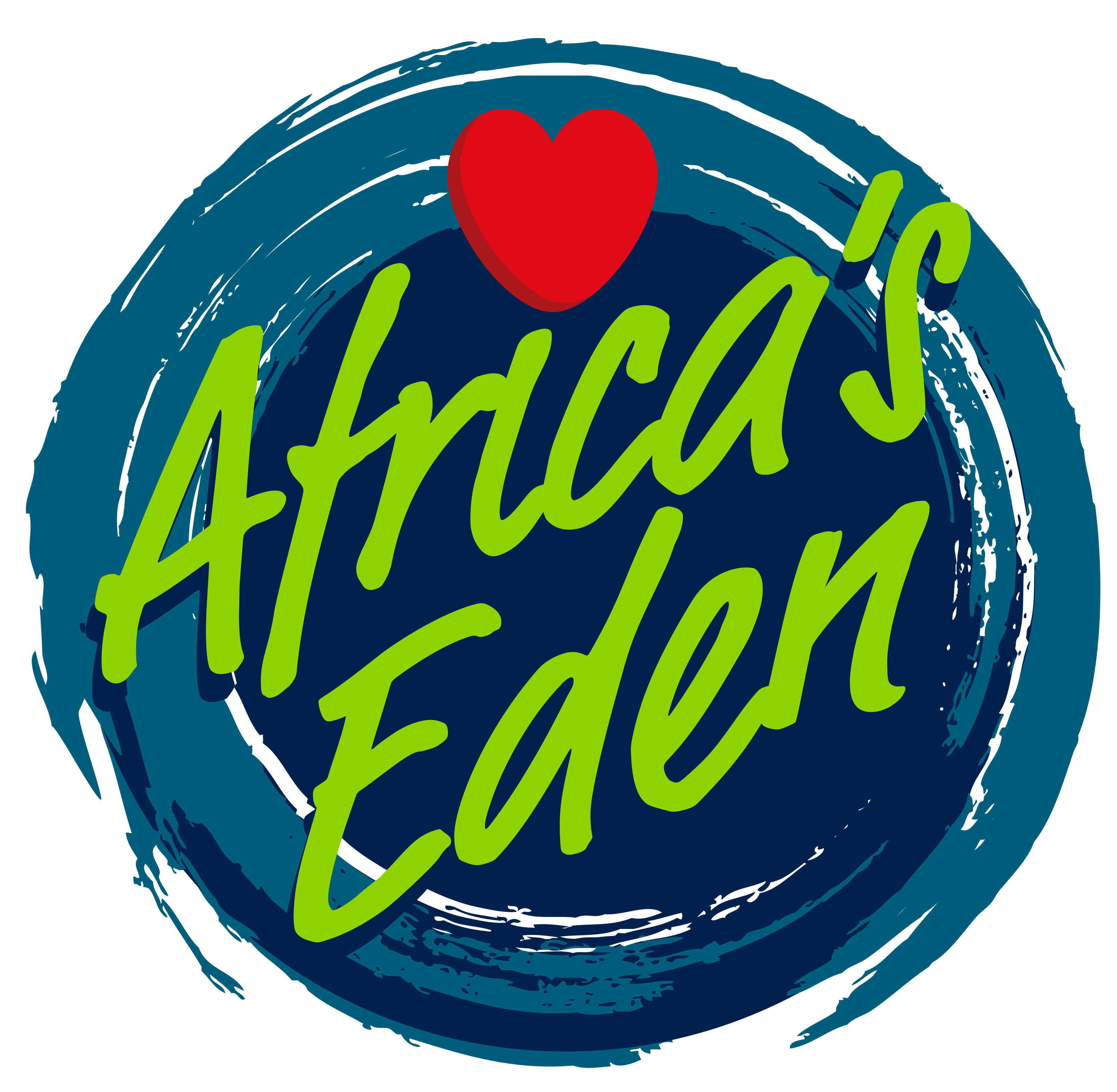From the Source to the Sands
In 2020 we launched our new flying safaris to Angola. The first trips of their kind, each will be tailor-made to suit all interests but most will follow the paths of the rivers that feed the Okavango and Kwando river systems from their sources in the Angolan Highlands to the Okavango Delta in Botswana and finally, to the sands of the Makgadikgadi Salt Pans.
The Source to the Sands is a 12-night itinerary and the ultimate Angolan expedition. It begins with three nights in a simple mobile camp in the source lakes regions of the Angolan Highlands, in the company of National Geographic explorers and scientists, followed by two nights in the Cubango Reserve, which straddles both the Cuatir and Cubango rivers, and a day trip to the Cuito Cuanavale battlefields. From there, it’s into Namibia to spend two nights on Nkasa Island in Nkasa Rupara National Park, then across the border into the Okavango Delta for three nights. This epic journey ends in the Makgadikgadi where the waters dissipate into the sands of the Kalahari Desert at San camp on the edge of the Nwetwe Pan in the Makgadikgadi.

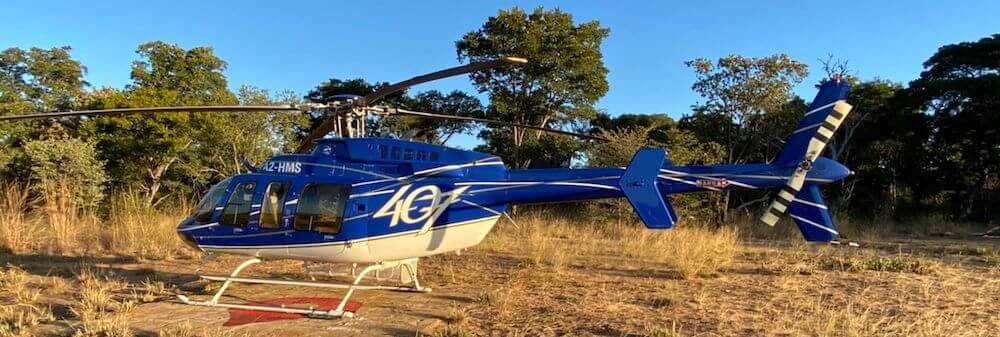

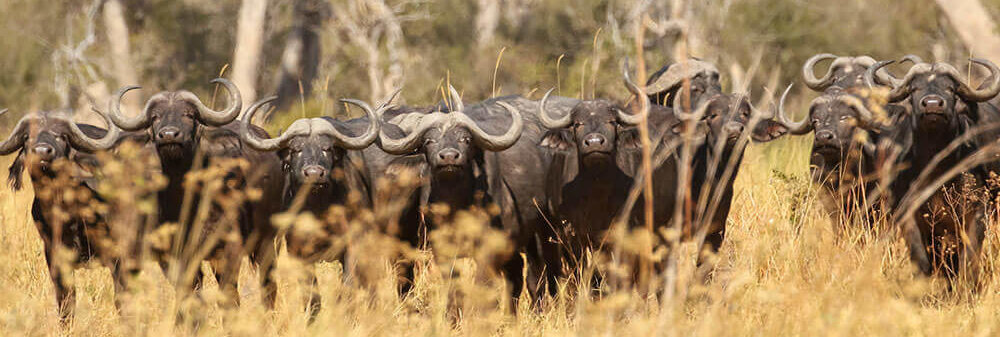

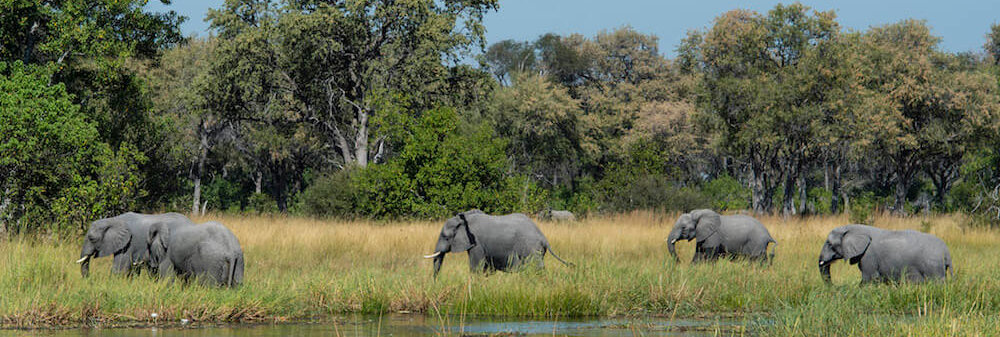
 Fly onwards to Botswana and the infamous Okavango Delta.The waters from the source lakes have travelled 1,200 km into the Delta creating a maze of channels and lush floodplains that are home to over 120 mammal and 400 bird species. From a base at Sable Alley in the Khwai Private Reserve or Duke’s Camp in the northern corner, you’ll have the chance to enjoy game drives, walking safaris and mokoro trips.
Fly onwards to Botswana and the infamous Okavango Delta.The waters from the source lakes have travelled 1,200 km into the Delta creating a maze of channels and lush floodplains that are home to over 120 mammal and 400 bird species. From a base at Sable Alley in the Khwai Private Reserve or Duke’s Camp in the northern corner, you’ll have the chance to enjoy game drives, walking safaris and mokoro trips.
